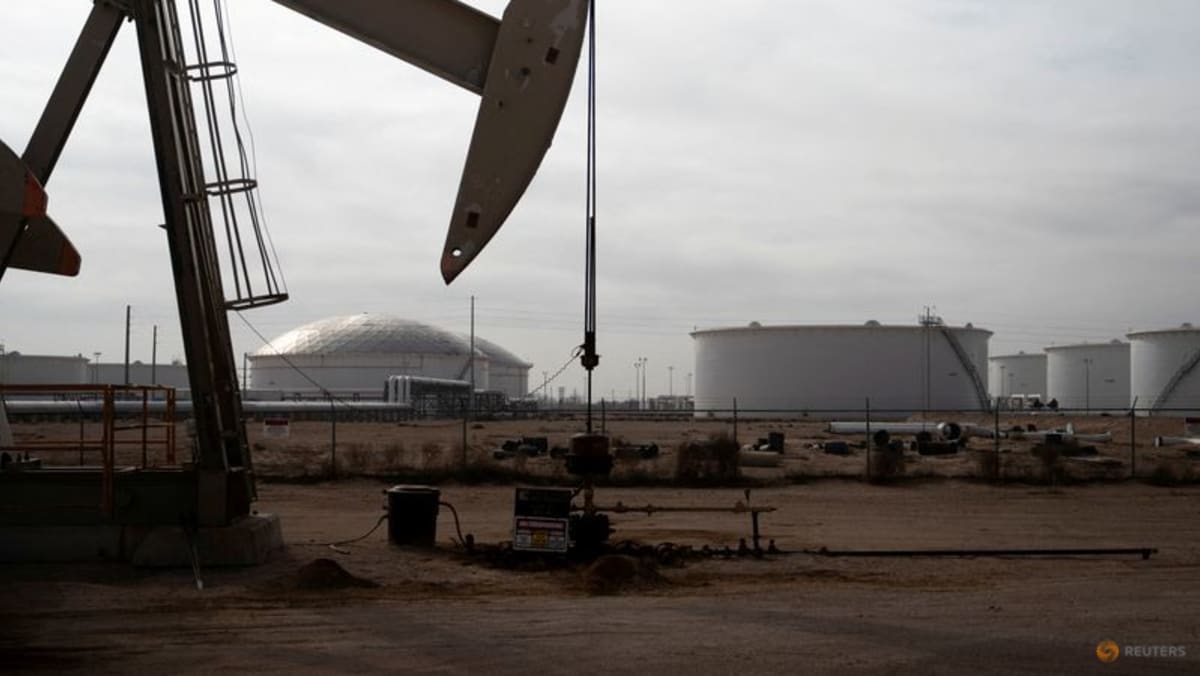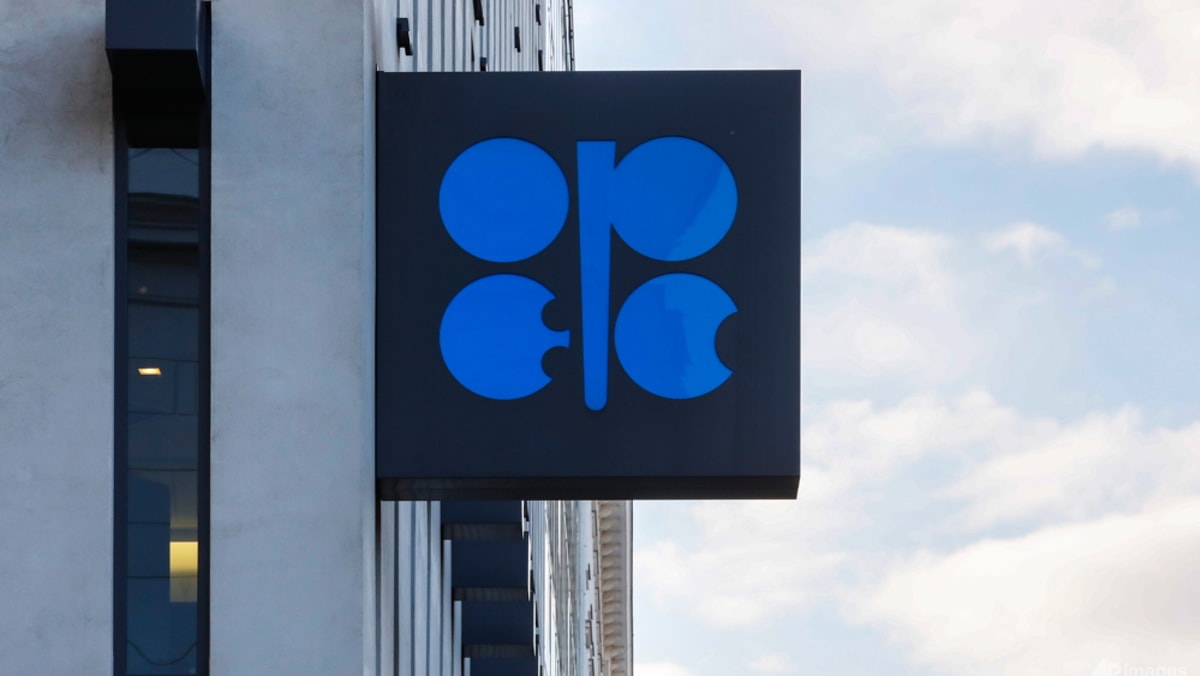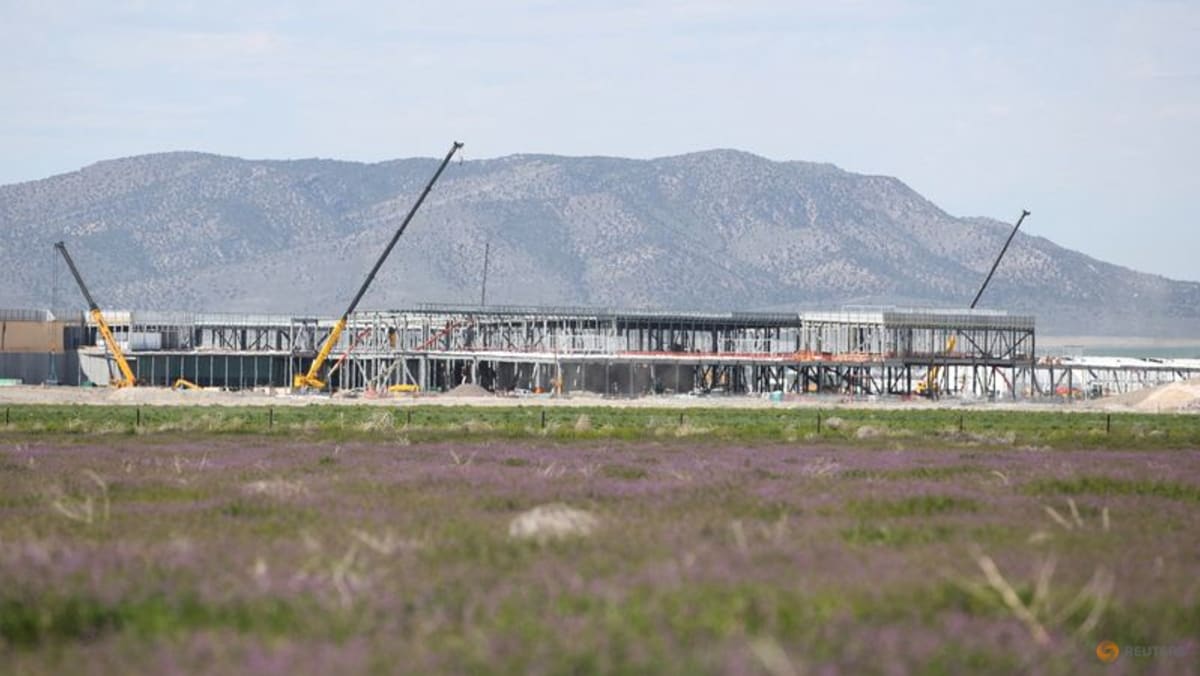LONDON :Oil prices fell more than 1 per cent on Thursday after a report that OPEC+ is discussing a production increase for July, stoking concerns that global supply could exceed demand growth.
Brent futures lost 90 cents, or 1.4 per cent, to $64.01 a barrel by 1000 GMT. U.S. West Texas Intermediate crude dropped 85 cents, or 1.4 per cent, to $60.72.
The Organization of the Petroleum Exporting Countries and its allies, known collectively as OPEC+, are discussing whether to make another large output increase at their meeting on June 1, Bloomberg News reported.
An increase of 411,000 barrels per day (bpd) for July is among the options under discussion, though no final agreement has been reached, the report said, citing delegates.
“We’re seeing the market reacting to evidence that OPEC is letting go of a strategy to defend price in favour of market share,” said Harry Tchiliguirian at Onyx Capital Group. “It’s a bit like taking off a Band-Aid; you do it in one fell swoop.”
OPEC+ has been in the process of unwinding output cuts, with additions to the market in May and June, and Reuters has previously reported that the group could bring back as much as 2.2 million bpd by November.
In a note on Wednesday, RBC Capital analyst Helima Croft said that a 411,000 bpd increase from July is the “most likely outcome” from the meeting, primarily from Saudi Arabia.
“A key question will be whether the voluntary cut will be fully drawn down before the leaves turn brown in many parts of the world, in line with the original taper schedule,” she said.
Prices were already lower in the session after Energy Information Administration data released on Wednesday showed U.S. crude and fuel inventories showed surprise stock builds last week as crude imports hit a six-week high and gasoline and distillate demand slipped.
Crude inventories rose by 1.3 million barrels to 443.2 million barrels in the week ended May 16, the EIA said. Analysts in a Reuters poll had expected a drawdown of 1.3 million barrels.
The EIA’s surprise stock builds will exert downward pressure on prices, particularly on WTI, said Emril Jamil at LSEG Oil Research, adding that this could further encourage more U.S. exports to Europe and Asia.
While OPEC+ deliberates, a rising yield on 10-year U.S. Treasury bonds suggests that the producer group could be increasing oil supply into a market with lower demand.














